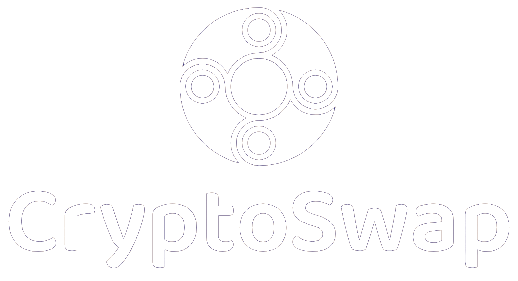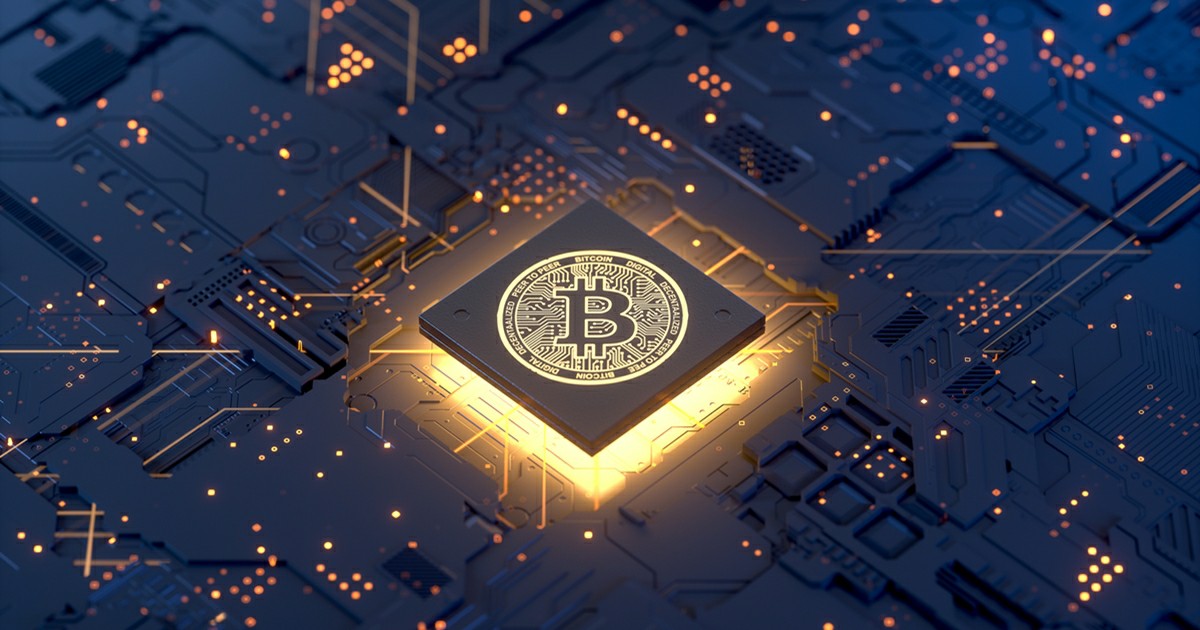
Automated Market Makers (AMMs) are a revolutionary concept in decentralized finance (DeFi) that have transformed the way token swaps and cryptocurrency trading work. AMMs enable users to trade digital assets without relying on traditional order books and centralized exchanges. Instead, they use algorithms to facilitate trading directly between users, providing a more efficient and accessible alternative for token swaps.
In this article, we’ll explore what AMMs are, how they work, and their critical role in enabling decentralized token swaps.
What is an Automated Market Maker (AMM)?
An Automated Market Maker (AMM) is a decentralized protocol that automatically manages the buying and selling of assets on a platform using smart contracts. AMMs do not rely on order books, which are typically used by centralized exchanges (CEXs) to match buy and sell orders. Instead, AMMs use liquidity pools and algorithms to set prices for digital assets based on supply and demand.
In a traditional exchange, a buyer and seller place orders, and the exchange matches them based on price and availability. However, in an AMM-based exchange, the price of assets is determined algorithmically, and trades are made against a liquidity pool instead of an order book.
How Do AMMs Work?
AMMs rely on liquidity pools, which are pools of tokens provided by users (often referred to as liquidity providers, or LPs). These liquidity pools are created by depositing equal amounts of two or more assets into the pool. When a user wants to swap one asset for another, they do so directly from the liquidity pool rather than from a specific seller.
The prices of tokens in the pool are determined by a mathematical formula, usually based on the constant product formula. A commonly used formula is x * y = k, where:
- x and y represent the amounts of the two tokens in the pool.
- k is a constant, which ensures that the value of the pool remains balanced.
For example, if a liquidity pool contains 100 ETH and 10,000 USDT, the price of ETH in USDT will be determined by the ratio of the two assets. When someone swaps ETH for USDT, the amount of ETH in the pool decreases, and the amount of USDT increases. As the pool’s balance changes, the price of ETH also changes, ensuring the pool remains balanced according to the constant product formula.
The Role of Liquidity Providers (LPs)
Liquidity providers are essential to the functioning of AMMs. LPs contribute to liquidity pools by depositing equal amounts of two or more assets into the pool. In return, they earn a share of the transaction fees generated when users swap tokens within the pool.
For example, if an LP deposits 50 ETH and 5,000 USDT into a liquidity pool, they provide the necessary liquidity for others to trade these assets. When traders make swaps, LPs receive a portion of the fees proportional to the amount they’ve contributed to the pool.
LPs take on some risk, as the value of their assets may change based on price fluctuations, a phenomenon known as impermanent loss. However, many LPs find the reward of earning trading fees outweighs this risk, especially in high-volume markets.
Advantages of AMMs in Token Swaps
- Decentralization: AMMs operate on decentralized platforms, meaning users can trade without relying on a central authority. This reduces the risk of hacks, manipulation, and centralized control that is common in traditional exchanges.
- Accessibility: Anyone can become a liquidity provider and participate in the market. Additionally, users can trade tokens that may not be available on centralized exchanges (CEXs), broadening access to a wider variety of assets.
- Instant Trades: Since AMMs use liquidity pools and do not require an order book, trades can be executed instantly without waiting for a matching buyer or seller.
- Lower Fees: AMMs often have lower fees compared to traditional exchanges, particularly for token swaps. Since trades are executed directly from the liquidity pool, there is less overhead and administrative cost.
- No Need for Intermediaries: Users don’t need to trust a centralized exchange or third-party service. They retain control of their assets and interact directly with the AMM through smart contracts.

Challenges and Risks of AMMs
- Impermanent Loss: Liquidity providers are at risk of losing money if the price of the assets they’ve deposited changes significantly. This is known as impermanent loss, and while LPs earn fees, it’s possible that the value of their assets could decrease over time, leading to potential losses.
- Slippage: Slippage refers to the difference between the expected price of a trade and the actual price when it is executed. In AMMs, slippage can occur, especially in low-liquidity pools or during volatile market conditions.
- Smart Contract Vulnerabilities: AMMs are powered by smart contracts, and like all smart contracts, they can be subject to bugs or vulnerabilities. If an AMM’s smart contract is compromised, users may lose their funds.
- High Gas Fees: On some blockchains (especially Ethereum), AMM transactions can incur high gas fees, particularly when the network is congested. This can make small trades uneconomical.
Popular AMMs and Token Swap Platforms
- Uniswap: One of the largest and most well-known AMMs on the Ethereum network. Uniswap allows users to trade a wide variety of ERC-20 tokens without intermediaries.
- SushiSwap: A decentralized exchange (DEX) that uses an AMM model similar to Uniswap but with additional features like staking and yield farming.
- PancakeSwap: An AMM on the Binance Smart Chain (BSC), offering low transaction fees and fast swaps. PancakeSwap supports a wide range of BEP-20 tokens.
- Balancer: A decentralized exchange protocol that allows users to create liquidity pools with multiple assets and varying ratios.
Conclusion
Automated Market Makers (AMMs) have revolutionized the way token swaps and cryptocurrency trading work by eliminating the need for order books and centralized intermediaries. With the use of liquidity pools and smart contracts, AMMs offer decentralized, instant, and low-cost trading options to users. While AMMs offer many advantages, such as decentralization, accessibility, and lower fees, they also come with risks like impermanent loss, slippage, and smart contract vulnerabilities.
As DeFi continues to evolve, AMMs will likely remain a cornerstone of decentralized trading platforms, providing liquidity and enabling seamless token swaps across the blockchain.







No Comments